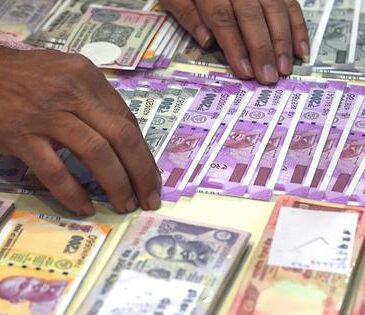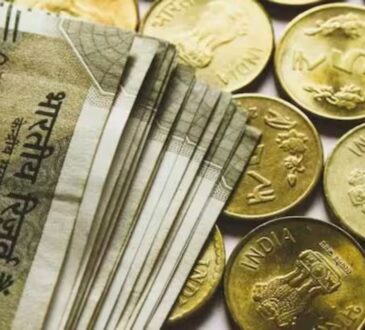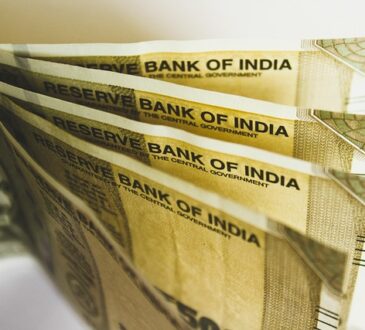The dollar has sunk to its lowest in three years as rapidly changing US trade policy unsettles markets and expectations build for Federal Reserve rate cuts, fuelling outflows from the world’s biggest economy.
While the dollar was higher on Friday, lifted by safe haven flows as Israel launched a strike on Iran, it was still set for its biggest weekly drop in a month.
It is also down almost 10% against a basket of major currencies this year, leaving other countries grappling with unanticipated FX moves that are having a knock-on impact on economic growth and inflation.
“There’s clearly solid dollar selling,” said Kit Juckes, chief FX strategist at Societe Generale.
Here’s a look at some of the biggest movers: 1/ CROWN JEWELS Scandinavia’s currencies are the standout performers against the dollar so far in 2025. The Swedish crown is up 15%, its best performance at this point in the year against the US currency in at least 50 years. Norway’s crown is up 13%, its best run since 2008.
Highlighting just how much of this strength stems from dollar weakness, Sweden’s crown is up only 4.5% against the euro and Norway’s just 2% .
Sweden is expected to cut rates this month as inflation and its economy slow, yet its currency shows no signs of weakening. In Norway, lower oil prices often temper the crown, but that dynamic has also been upended by its relationship with the dollar.
The euro, Swiss franc and Japanese yen are also among the biggest beneficiaries of the dollar’s fall from grace, up roughly 10% each so far this year. But this comes at a price. Swiss inflation turned negative in May, marking the first decline in consumer prices for more than four years. The surge in the franc reduces the price of imported goods, and piles pressure on the central bank to cut rates back below 0%.
European Central Bank rate setters will also have a wary eye on the single currency, which at around $1.1533 is near its highest since 2021.
“In my heart-of-hearts we are going to get to $1.20 but we shouldn’t get there too fast because it’s deflationary,” said SocGen’s Juckes.
Even after the recent surge, the yen remains down roughly 30% from end-2020 levels, leaving Japan to try to balance the negatives of a stronger currency with the need to demonstrate in trade talks with Washington that it is not seeking an unfair advantage from its longer-term weakness.
ASIA For years, Asian investors parked trillions of dollars in US assets such as Treasuries. US President Donald Trump’s April 2 “Liberation Day” fired the starting gun for that capital to start flowing back to the world’s manufacturing powerhouses, boosting their currencies.
Taiwan’s dollar surged 10% over two days in May and is up nearly 10% this year, while the Korean won has gained around 8%.
Singapore’s dollar, Malaysia’s ringgit and Thailand’s baht are all up 6% too, but China’s yuan – arguably the most exposed to tariffs – has only appreciated by about 2% offshore, hemmed in by the central bank’s guardrails around its onshore counterpart.
China wasn’t labelled a manipulator in the US Treasury’s latest currency report, but the lag in the yuan will not have gone unnoticed in Washington.
Reuters




